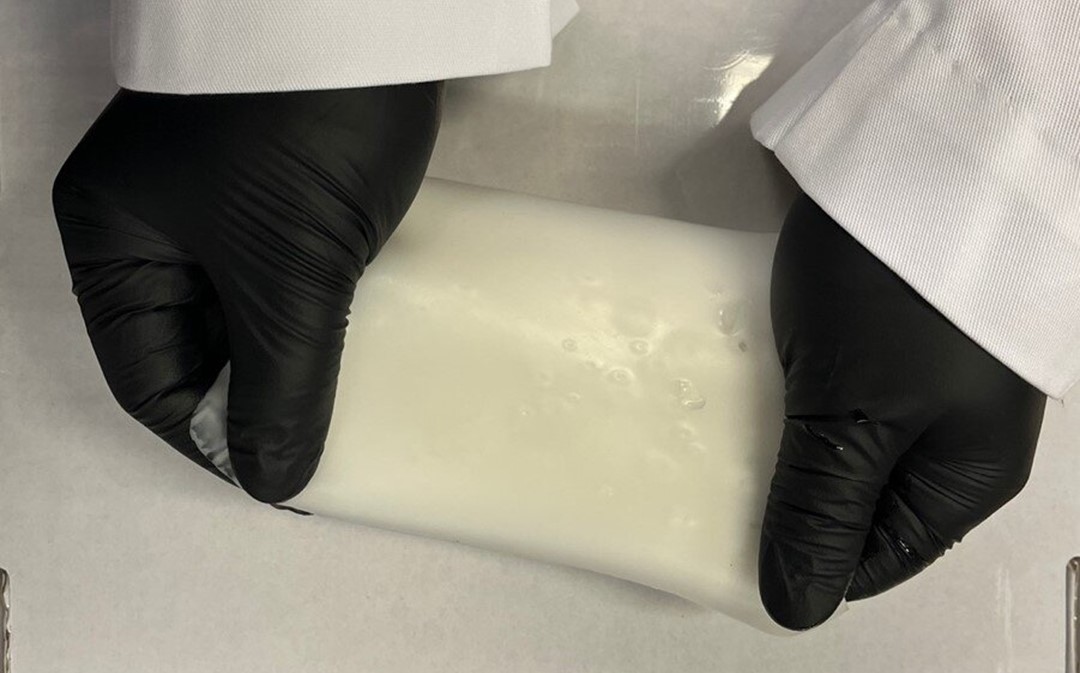
Researchers have developed a new highly conductive rubber material that is a promising alternative to liquid and solid electrolytes.
Elastomers or synthetic rubbers are usedin a variety of consumer products and devices due to its good mechanical strength. However, they are also known for their insulating properties, so they are not usually associated with energy transmission or storage. However, now a team from Georgia Tech has unveiled an elastomeric electrolyte with a uniquestructure acting as a highway for ions.
Scientists solved the problem of charge transfer usinga durable three-dimensional rubber matrix that acts as a frame, with conductive crystals of plastic material (succinonitrile) embedded inside. The developed structure has excellent strength indicators, high ionic conductivity and electrochemical stability. Unlike liquid and solid-state electrolytes, the proposed option is not afraid of mechanical damage and does not overheat, and also fits tightly to the electrodes.
For the production of rubber electrolytea simple low-temperature polymerization process was used to create strong and smooth interfaces on its surface. The unique properties of the material prevent dendrite growth and allow rapid ion movement, ensuring reliable battery performance.
During testing, lithium metal batterieswith the new electrolyte they worked stably at a voltage of 4.5 V at room temperature, with a capacity of 93 mA·h/g. Their high efficiency was maintained even after 1000 cycles.
The researchers are currently working on improving the material's conductivity to reduce charging times and increasing the specific energy density.
Another alternative could be a newly developed magnesium-based paste that can store 10 times more energy than a conventional battery.
</p>




